In Japanese, oni 鬼 is a kind of "supernatural being," youkai 妖怪 in Japan's culture, often translated to English as "ogre" or "troll," although those would be technically different things. Generally speaking, an oni in anime is a big, strong, scary, evil, rugged, powerful humanoid monster, who has one or two horns on its head, fangs, and the like, but designs may vary. Thematically, humans are said to be afraid of oni because oni are said to devour humans, they're generally brutes or savages, and there's a well-known story about a blue and a red oni who try to become friends with humans through some sacrifice to make them be not afraid.
Not to be confused with oniisan お兄さん, which means "older brother."
Anime: Yū☆Yū☆Hakusho 幽☆遊☆白書 (Episode 6, Stitch)
- Context: Gouki reveals his true form. He's a...:
- kyuukonki
吸魂鬼
Spirit-sucking demon.- {tamashii wo suu} oni
魂を吸う鬼
A demon [who] {sucks souls}.
- {tamashii wo suu} oni
Nowadays, oni are normally portrayed featuring colored skin, specially red and blue, just like the modern day ogre is usually green. In anime, oni characters can usually talk and have some sort of connection with the demon world, afterlife, hell, makai 魔界, or something supernatural like that.
Apparently, the word oni would mean it's an invisible spirit, originally, but that's rarely the case in modern fiction.
Human-like Oni
Although oni originally refers to a monster-like creature, in anime it's often the case a more human-like character is classified as an oni. When this happen, the only consistent feature they get is one or two horns on top of their head and nothing else.
Backstory, alignment, etc. does not matter. Just the oni horns is enough to call a character an oni.
Bottom-left: Moroboshi Ataru 諸星あたる
Top-right: Lum, ラム
Bottom-right: Ten, テン
Anime: Urusei Yatsura うる星やつら (Collage)
- Context: human-like oni, with the exception of horns and upward-pointing demon ears.
Oni Girls
Those big, evil, scary, oni have been moefied into cute girls in anime, as one would expect. So it's no wonder there are terms to refer to them, too, as the oni girls are legitimately one of the countless types of girls you can find in anime.
Middle (red hair): Tsutsuji つつじ
Right (yellow hair): Himawari ひまわり
Anime: Onipan! おにぱん! (Episode 1, Stitch)
- Context: oni girls, with sideways-pointing "elf ears," erufu-mimi エルフ耳.
- Modern moe style tends to make pointed ears sideways because it's cuter that way.
- This custom originates in the style used in Lodoss (1990), which means older series, specially those that came before Lodoss, such as Urusei Yatsura (1981), uses the more traditional upward-pointing demon-ears in the oni instead.
- The girls colors are thematic colors often found in oni characters: red and blue oni tend to come in pairs, while yellow is otherwise used, e.g. in clothes made out of tiger pelts.
- Note that all three horn placements are also common: single center horn, two horns, or an asymmetric horn in one side.
- The girls are named after flowers.
- tsuyukusa 露草, "dayflower."
- tsutsuji 躑躅, "azalea."
- himawari 向日葵, "sunflower."
In English, sometimes the word "oni" alone refers to such oni girls. Like this: she's an "oni." In Japanese, the following terms are used to refer to them:
- onimusume
鬼娘 - onikko
鬼っ娘
The above may also be used toward male characters. On Pixiv, there's also a tag used more with child characters:
- onikko
鬼っ子
Oni child. A kid character who's an oni.- e.g.: the fire-breathing little brother of the oni girl.
Such oni girls count as "monster girls," by the way, jingai-musume 人外娘.
Girls With Horns
Although oni girls usually do have horns, it would be wrong to say a girl with horns is automatically an oni girl. That'd be like judging someone by their appearance.
There are other sorts of monster girls that feature horns, but wouldn't count a oni, such as demon girls and other demonoid characters, as well as characters that mix some animal or mythical beast feature. Common examples include:
- Context: succubus characters tend to feature horns, but they don't count as an oni. They also tend to be based on western culture (e.g. Lilith) or games that have such characters (e.g. Castlevania), rather than eastern culture. As such while oni show up in anime about eastern youkai, succubi would only show up in anime about game-based monster girls.
Anime: Kobayashi-san Chi no Maidragon, 小林さんちのメイドラゴン (Episode 3)
- Context: dragon girls, which are dragons that turn into girls, or vice-versa, also tend to feature horns, because dragons have horns.
- Note: for the eyes, see heterochromia.
But the fact they do have horns doesn't change, so the following terms also exist:
- tsuno
角
Horn.
(note: the word kaku 角, written with the same kanji, means "angle," and there's also kado 角, which means "corner.")- tsuno ga haeru
角が生える
A horn sprouts. - tsuno wo hayasu
角を生やす
To sprout a horn.
- tsuno ga haeru
- tsuno-musume
角娘
Horn-y girl. Girl with horns. - tsunokko
角っ娘
Despite this, a girl with horns in anime is usually also an oni girl, if the series isn't about demons or dragons or stuff like that.
For example, while you could say Zero-Two from FranXX is just a girl with horns, and not an oni, since she's not a spirit in connection with the other side or something occult like that, her code, 02, literally spells oni, so, yeah, maybe she's an oni.
Anime: Darling in the FranXX (Episode 1)
- Context: Zero Two's oni savagery portrayed by fishing with her mouth.
- See also: hair bra.
Another hint is that oni characters are usually associated with brutes, like cavemen, living the caves, of mountains, carrying bludgeoning weapons, wearing pelts, etc. This is a stereotype that serves as basis of many oni character designs. These features aren't necessary, but they're recurrent.
Also, ironically, there are some characters that are oni but don't have horns, or at least don't appear to have them because they don't show up unless some condition is met, or they're hiding them, such as the sisters Ram ラム and Rem レム from Re:Zero リゼロ.
Anime: Onigiri 鬼斬 (Episode 13, Stitch)
- Context: Ibaraki-douji is an oni, but her horns just happen to look like cat ears.
- Context: in Kimetsu no Yaiba 鬼滅の刃, literally "Oni-Destroying Blade," the oni don't have horns, but they do bite with "fangs," kiba 牙.
Examples
For reference, some oni illustrations.
- Context: >_<.
Triangle Horns
Skin Horns
Uni-horn
Red Oni, Blue Oni
Despite the fact you could make an oni any color if you wanted, the colors red and blue are specially common.
Middle: Mez, メズ
Right: Son Gokū 孫悟空
Anime: Dragon Ball Z, ドラゴンボールZ (Episode 13)
This happens because of a blue oni red oni trope which can be seen across many Japanese anime and fiction, and comes from a certain popular Japanese's children's tale featuring a blue and a red oni. (here's the story translated if you want to read.)
Figurative Usage
Sometimes the word oni is used figuratively, or idiomatically, or in some way that doesn't literally refer to an actual oni. Here are some examples:
Merciless Person
Someone may get called an oni 鬼 for being "merciless," kichiku 鬼畜. For example, if they give too much work to someone, or give too many orders, or, well, really seem to have no mercy, they may be get called oni as you'd call someone a "fiend" or something of the sort.
"It"
In games of tag and hide-and-seek, the "it" may be called the oni in Japanese.
The term oni-gokko 鬼ごっこ even means "game of tag."
Weird Children
Sometimes, the term onigo 鬼子, or onikko 鬼っ子, may be used toward children. Here there's two different meanings.
First a child that's a "demon," that is, a child that's too misbehaved.
Second a child that doesn't resemble the parents. This has the implication that the child isn't actually a human child but some sort of spirit that took the shape of a baby or something. In the same vein, the term also applies to children born with teeth.
What's Gonna Happen?!?!
There's a Japanese idiom that contains the word oni 鬼 which's worth knowing about. It comes in two versions:
- oni ga deru ka ja ga deku ka
鬼が出るか蛇が出るか
Will an oni come out or a snake come out? (specifically a mythical, dragon-esque snake.) - oni ga deru ka hotoke ga deru ka
鬼が出るか仏が出るか
Will an oni come out or a Buddha come out?
In both cases, what's being literally said is if "an oni will come out" or will something else. What this idiom means in practice is that you don't know what will come out. "You don't know what's going to happen." And it's used in a situation where the outcome of something is unforeseeable.
Oni Mask
Sometimes a character wears a mask that looks like the face of an oni, called a kimen 鬼面. It isn't the only sort of mask based on spirits worn. There are also spirit foxes, and thus fox masks. There are long-nosed tengu 天狗, and thus long-nosed tengu masks.
Middle: Kikunojou 菊の丞
Right: Kawamatsu 河松
Anime: One Piece (Episode 948)
Anime: Busou Shoujo Machiavellianism, 武装少女マキャヴェリズム (Episode 1)
Onigashima
The word Onigashima 鬼ヶ島 means "Oni's Island." In fiction, sometimes you'll have a place called Onigashima and that basically just means it's an island where one or more oni are supposed to live, or rumored to live, or something like that, even if that's not actually the case in that series. That is, it's just a scary island where monsters are said to live, like a haunted forest, except it's an island, because Japan is full of islands, I guess.
Onigiri
An onigiri おにぎり a food: rice shaped like a triangle and wrapped in nori 海苔, a type of seaweed. This word is sometimes used as a pun with oni, where it means "oni slash," "oni slashing," or "oni slasher," despite it having nothing to do with oni. To elaborate:
- onigiri
お握り
The food.- o~ お~ - honorific prefix.
- nigiri - noun form of nigiru 握る, "to grasp." Because the onigiri is formed by grasping rice.
- onigiri
鬼斬り
Oni slash/slashing/slasher.- ~giri - kiri 斬り affected by rendaku 連濁, noun form of kiru 斬る, "to slash with a sword."
Examples include the entire series called Onigiri and a three-sword-style technique used by Roronoa Zoro ロロノア・ゾロ in One Piece.


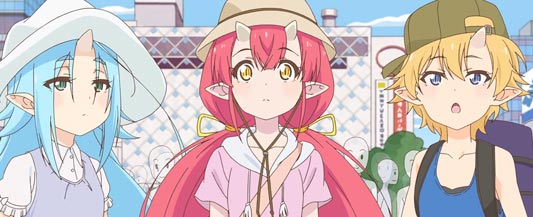
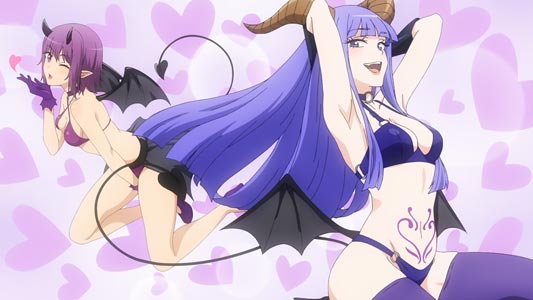
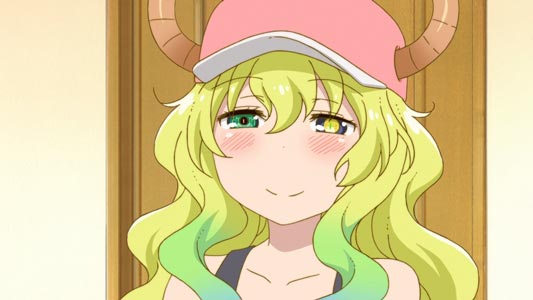
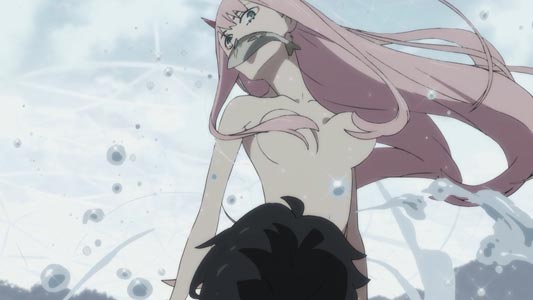
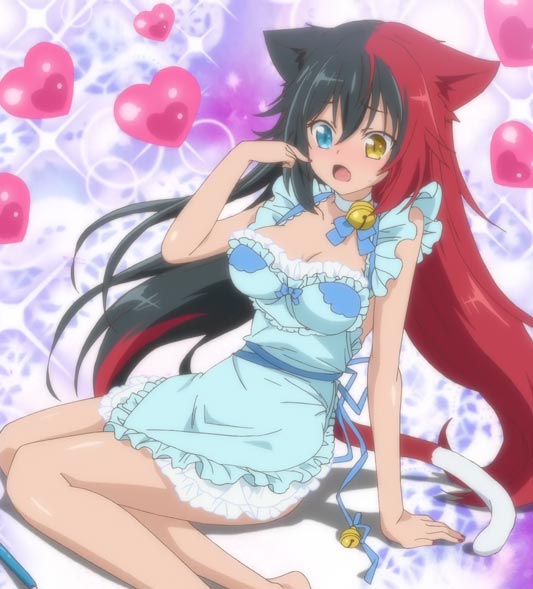

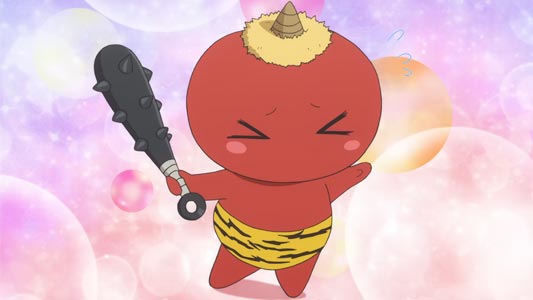
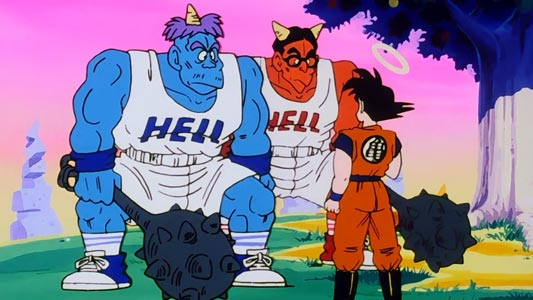
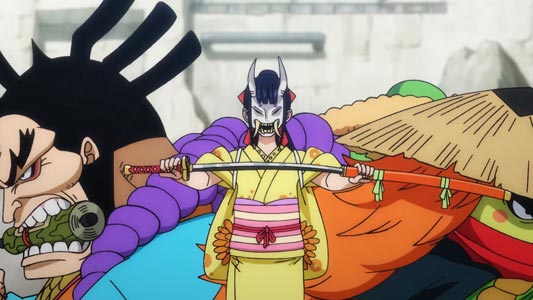
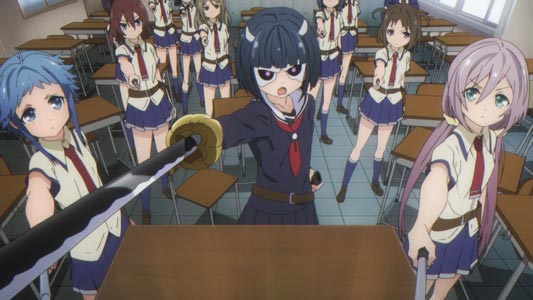
No comments: